Infrastructure In Costa Rica
The infrastructure in Costa Rica today is almost no better than when it rolled out the foreign retiree welcome mat all those years ago. Infrastructure has not met economic growth numbers. Ineffective and insufficient maintenance and investment efforts are the main offenders.
Costa Rica infrastructure projects
such as train systems, airports,
highways, ports, bridges, and
water treatment systems.
The government of Costa Rica uses the Public Works Concession Lae for the development of large infrastructure projects. These projects include: roads, highways, bridges, airport modernization, port improvement, rehabilitation of the railroad system, and water-wastewater systems, among other projects. The projects are offered to private local and foreign companies and consortiums through a public bidding process under the BOT (build-operate-transfer) concession scheme, as stipulated in the Public Works Concession Law.
A goal of the Rodrigo Chaves Robles (2022- present) has been to revise the concession law to correct its loopholes in which companies can overcharge the Costa Rican government for design, construction, and operation of different projects.
In late 2017 the Costa Rican government issued a new regulation that allows Public- Private Alliances. This is expected to be widely supported, increasing investment in different infrastructure projects.
Overall, the main traffic and transport routes are well developed and in comparatively good condition. In terms of the length of its rail network, Costa Rica ranks 103rd in the world with 0.05 meters per inhabitant.
In total, the rail network is 278 kilometres long.



